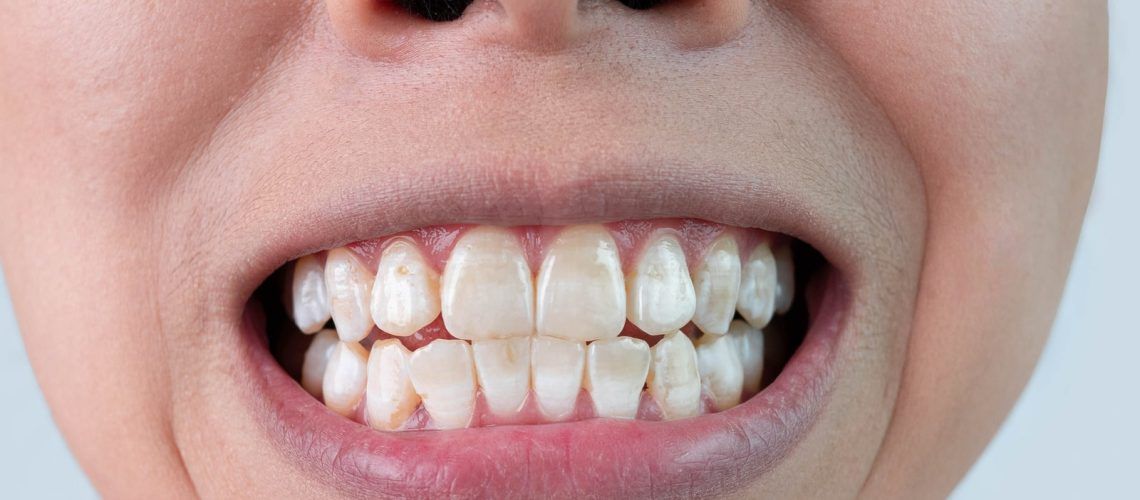Recent years have seen an increase in the number of dental patients seeking orthodontic treatment. There are a number of factors driving this increase. The availability of certain kinds of treatments, and a growing understanding of the risks misalignment can present to healthy teeth. There are some complications that are associated with receiving orthodontic care, however. Post-orthodontic white lesions are one example that occurs. They’re most commonly associated with the use of traditional braces but can appear with any kind of orthodontic care. We’re going to introduce the causes, and how you can address them if they occur.
Understanding The Presence of White Spot Lesions
White spot lesions occur when the enamel of your teeth becomes demineralized. This generally occurs as the result of the action of bacteria and the presence of acid on your teeth. White lesions are also an indicator of the first stage of dental decay. This demineralization impacts the strength of the enamel, leaving it vulnerable to the advance of tooth decay. At this point, simple wear and tear can cause the enamel to degrade, and bacteria have an easier time breaking down the material of your teeth. White spot lesions generally occur due to the action of acid, insufficient calcium, or trauma.
Getting rid of white spot lesions is challenging, but with the help of your dentist, you can get them under control. Some treatments allow the enamel to remineralize, helping it become stronger and more resilient. Restorative and aesthetic dentists offer a variety of treatment options to eliminate these blemishes. Some treatments that are available include:
- Fluoride Remineralization Treatments: Fluoride is an important mineral used to strengthen our teeth, and is commonly applied by dentists during preventative care. Fluoride is an essential part of children’s oral care but is also essential for adult dental health. Almost all forms of toothpaste contain fluoride due to its ability to repair your teeth.
- In-Office Dental Whitening: While dental whitening won’t eliminate white-spot lesions, it can make them less apparent. This is accomplished by lightening the color of the enamel. This happens through the removal of staining and discoloration using a peroxide solution. While whitening treatments can be obtained over the counter, in-office treatments tend to be more effective thanks to the use of stronger solutions and professional methods.
- Composite Resin Bonding: Some lesions can be particularly difficult to remove. When that happens your dentist may suggest resin bonding. This restorative practice can rebuild the structure of your tooth and can hide white spot lesions under a protective coating. This resin can be matched to the natural color of your teeth for a near-perfect restoration.
These approaches represent some of the most frequent tools used by dentists in addressing white spot lesions.
Avoid White Spot Lesions Through A Dedicated Oral Hygiene Routine
One essential part of receiving orthodontic care is making sure you maintain a sustained oral health routine. You need to brush daily and floss and use mouthwash. Sometimes you need special tools for getting between the wires and mounting points of your braces. Speak to your dentist about steps you can take to protect yourself from white spot lesions during your orthodontic care.


